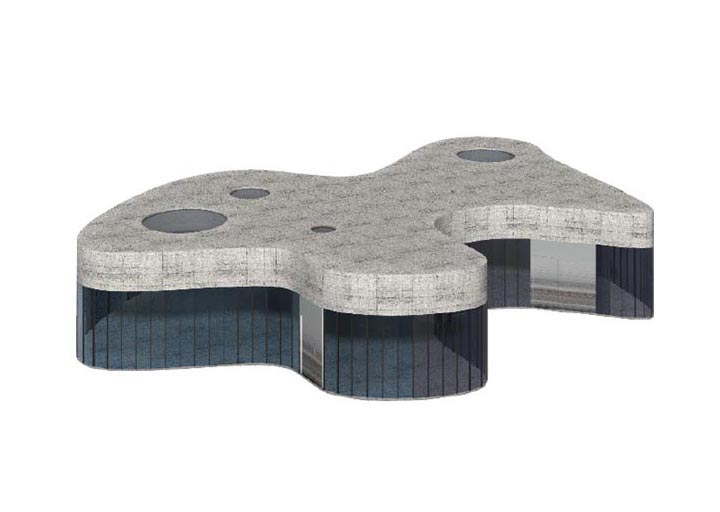|
Auxiliary buildings in Zurich. Public amenity buildings are an important part of the organisation of public space and public services. Zurich has a considerable cultural history of public amenity buildings, starting with the valuable buildings by Herther and stretching to the tram stop at Bellevue, which is still an architectural highlight of the city. The continued importance of such buildings for urban development has been reflected in a number of recent competitions. The planned small amenity buildings are not necessarily sculptures, but a certain affinity to public art can not be denied. The small volumes populate and organise the urban space. The art works are particular to the locality and promise to break with the oft-deplored arbitrariness of municipal arrangements and the abstract impersonality of municipal furnishings by reintegrating sculpture and surroundings, art and the everyday. The aim is to counteract the apparent arbitrariness of municipal furnishings and to develop an instrument that allows specific situational responses, even though the buildings have to be more or less standardised. The recognisability of the respective facility, but also the variability, should be broken down in a system that generates a distinctive "corporate design" for the city of Zurich whilst simultaneously having a flexibility and elasticity to allow a link to the locality. Besides the dialogue with the surroundings, the apropriateness of the appearance is important to us. It should be self-confident but not insistent. In the process the same scale can not be applied to a WC facility as to an exposed boathouse on the lake. Competition: AFGH in collaboration with Thomas Horváth |
 |
| Deutsch | home next |